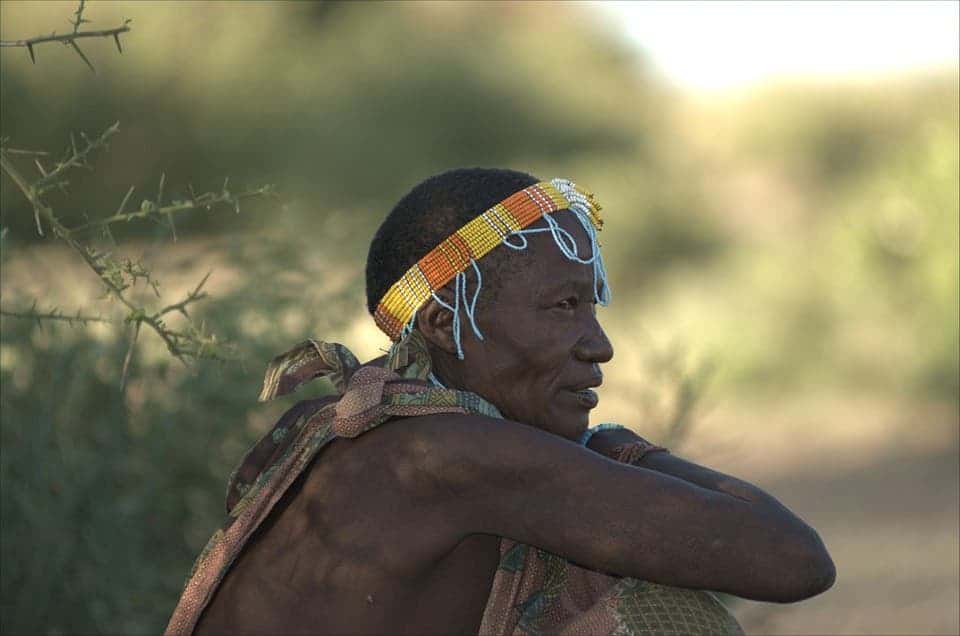As long as you keep a healthy balance and an active lifestyle, things should generally be okay.

Diversity
In modern times, diet studies are often confusing or even contradictory — some diets focus on proteins, others say you should eat more carbs, others emphasize fruits and veggies, there’s probably a diet for every imagination. But while some things are pretty clear by now (fruits and veggies are good, processed meats are bad), others are hotly debated.
Scientists have long debated whether there’s an ideal food diet, something that we as a species evolved to eat. A team of researchers explored that question by studying the diets, habits and physical activity levels of hundreds of modern hunter-gatherer groups and small-scale societies. These groups have a very similar lifestyle that of ancient human societies.
Right off the bat, there were major differences between these groups. Some groups got up to 80% of their calories from carbohydrates, while others got most of their energy from protein. Some groups such as the Hadza people in Tanzania eat a large amount of sugar in the form of honey, deriving over 15% of their calories from honey (which, for most practical purposes, is similar to sugar).
If anything, the common denominator is diversity.
“Diets in hunter‐gatherer and other small‐scale societies tend to be less energy dense and richer in fibre and micronutrients than modern diets but are not invariably low carbohydrate as sometimes argued,” researchers write.
A complex picture
In any given day, the Hadza eat red meat and honey, but also potato-like roots — not exactly what you’d imagine as a very healthy diet. Meanwhile, the Tsimane, a Bolivian population, eat more complex carbohydrates from plantain, corn, cassava, rice and banana, often complemented by fish and wild game. The percentage of different nutrients varies wildly, but the health effects seem negligible: previous studies have shown that these groups have almost no diabetes and cardiovascular problems. However, there are many examples with Tsimane people developing Type II Diabetes and other health issues after moving to neighboring villages and taking up sedentary jobs.
Here’s where things get really interesting: the calorie intake of people like the Tsimane and the Hadza is comparable to that of the average American. However, they have excellent fitness, extremely low rates of obesity and cancer, and are generally free from any chronic diseases. The reasons for this may not be all that jolly, however.
Infant mortality rates are high, and fatalities from infections and accidents are extremely high. Those who do manage to reach adulthood are more likely to be very healthy. They are active until old age, walking at least 5-10 miles a day, and exhibit very alert and active lifestyles. While calorie-wise this doesn’t make as much of a difference as you might expect, it does wonders for your health.
However, considering that when these people give up their native lifestyles they start to develop disease rates comparable to industrialized countries, the key seems to be in their lifestyle, not their diets. It is possible that genetics and other factors unrelated to lifestyle help protect them from chronic diseases — but there’s still another factor to consider.
Choice and variety

Another big difference between peoples like the Hadza and the Tsimane and modern urban people is the amount of variety in the diet. We pretty much take it for granted nowadays, but we have access to an unprecedented culinary variety. For all the obvious advantages that come with this, there’s also a disadvantage: it can make us overeat.
It’s called sensory-specific satiety, and it means that the more you eat a type of food, the less satisfaction you derive decreases in time. As a consequence, your appetite decreases when you keep eating the same type of food and increases when you keep eating different things — that’s why you always have room for dessert after a savoury meal. In truth, however, you don’t have the extra room, and you’re probably overeating.
The bottom line is that we’re not really sure what diets work best, but there seem to be some generally applicable rules: eat fiber-rich foods like fruits and veggies, avoid energy-dense foods (like sweets or meats), and keep an active lifestyle.
“A more integrative understanding of hunter‐gatherer health and lifestyle, including elements beyond diet and activity, will improve public health efforts in industrialized populations,” researchers conclude.
The study “Hunter‐gatherers as models in public health” by Pontzer, Wood, and Raichlen, has been published in Obesity Reviews.


